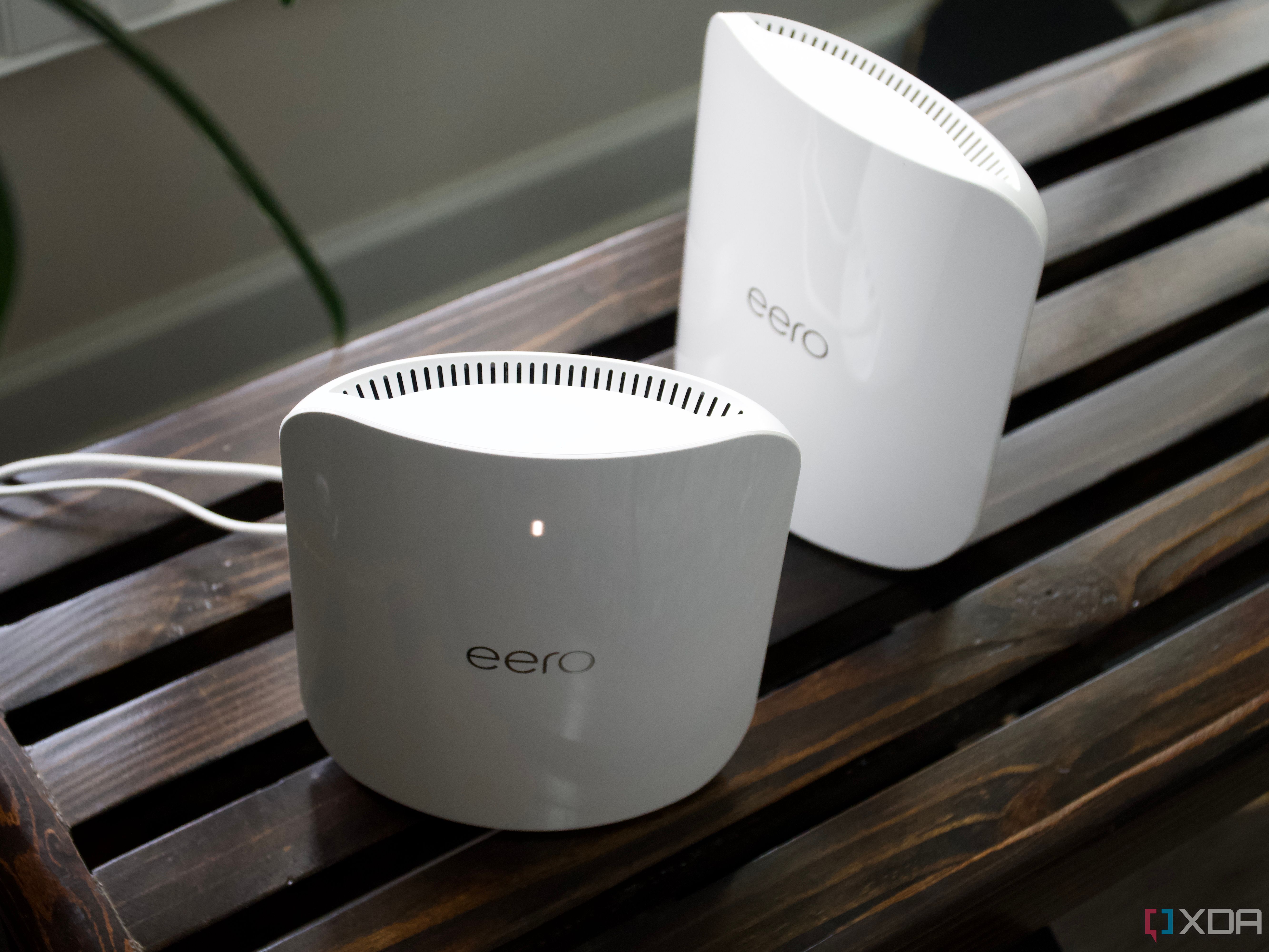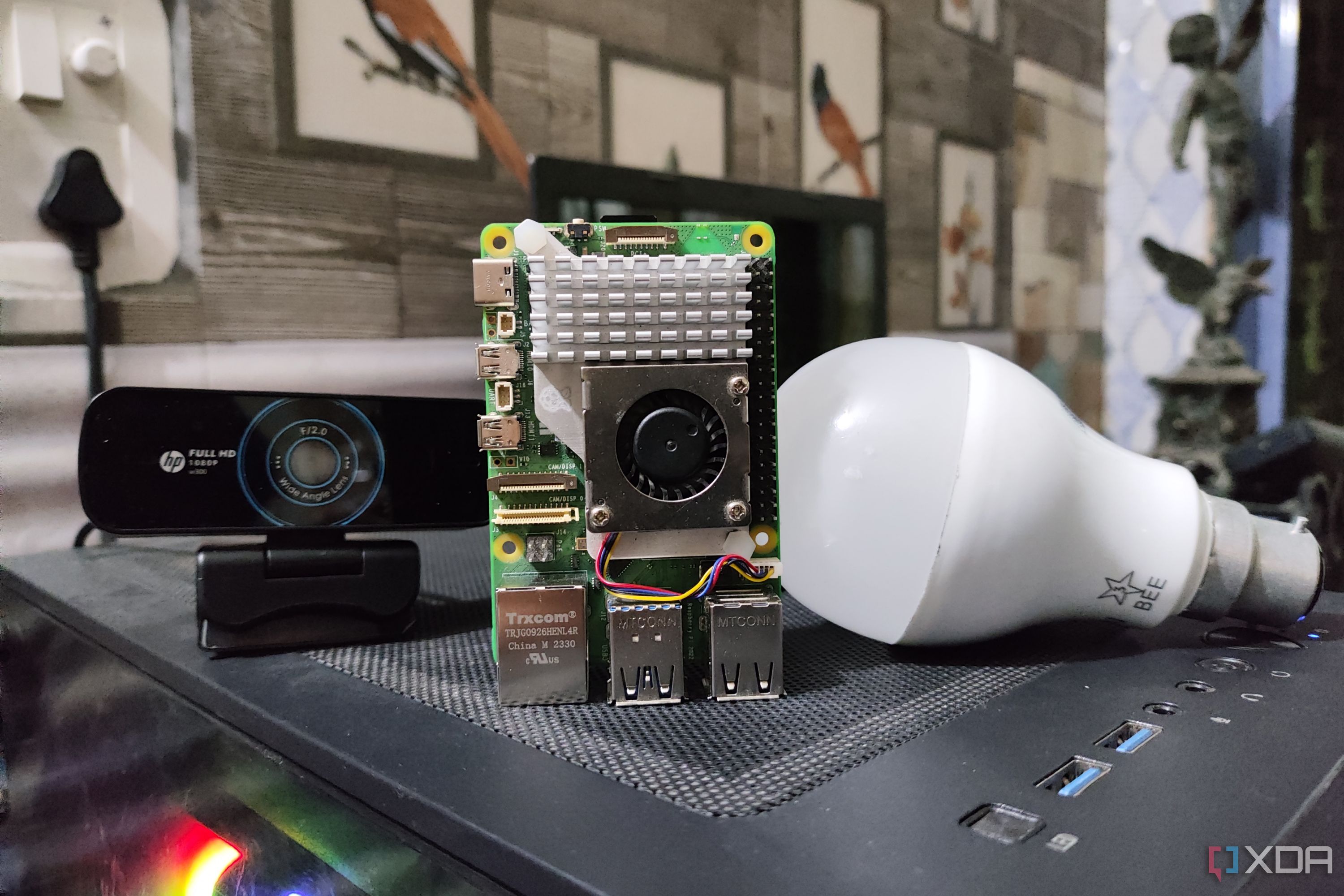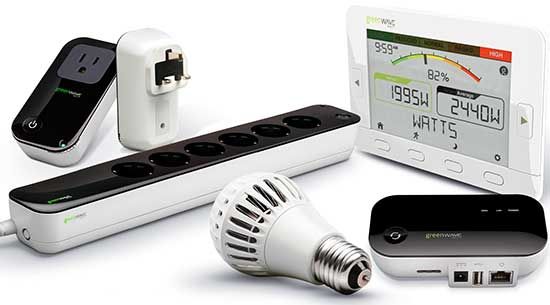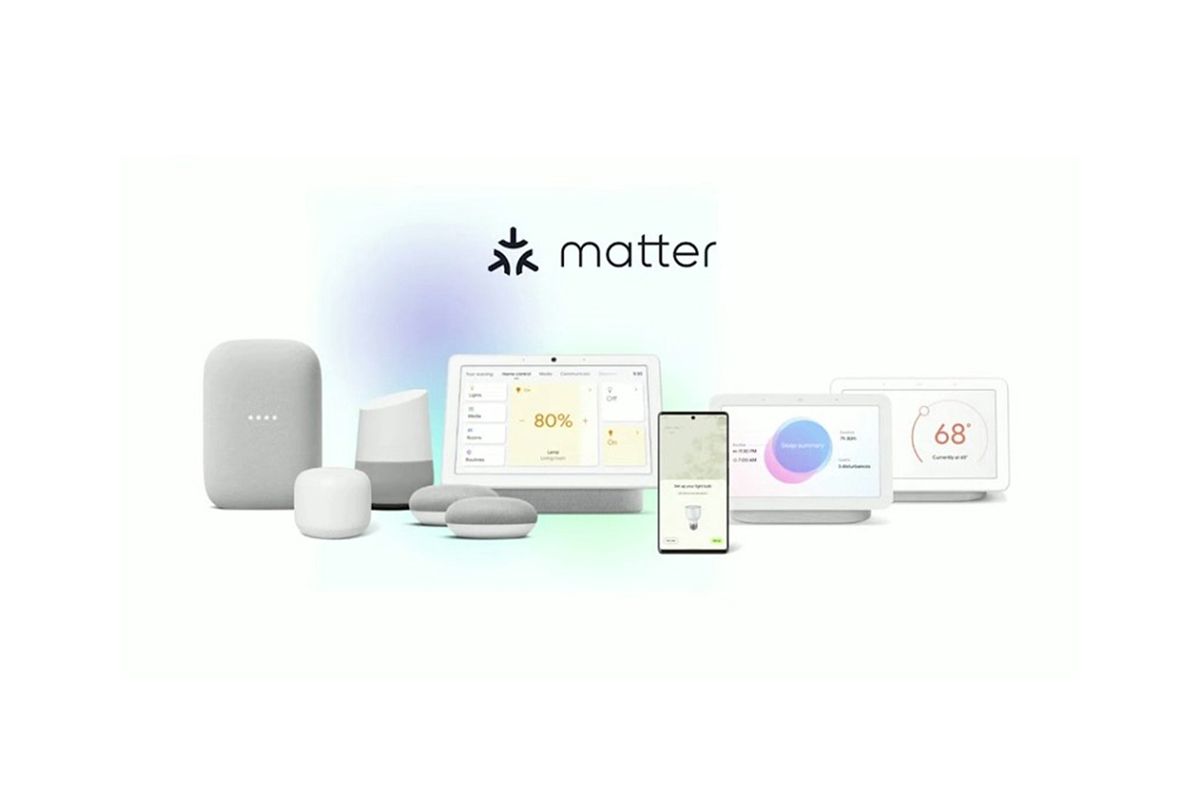It all starts with trying out a smart TV or smart lights. Soon, you’ll find smart speakers, smart plugs, smart switches, and smart locks. Like many, I have a hodgepodge of smart devices in my home. Now, I have a hard time making them all work together. That’s because smart devices use different wireless protocols for IoT devices, such as Zigbee and Z-Wave. Neither protocol is interoperable, and their devices do not communicate with each other.
I have had my eyes on Matter, a budding open-source wireless standard for IoT devices. It promises to make all smart devices, including those using Zigbee and Z-Wave, communicate with each other easily. Wouldn’t it be great to choose smart home devices from different standards that work together seamlessly? No one needs to experience the agony of dealing with diverse smart home platforms, multiple apps, and constant troubleshooting to make them work. This article will help you select the ideal wireless communication platform for building your smart home.

Related
7 mistakes you need to avoid when setting up your first Zigbee network
Wirelessly connecting your smart home devices sounds great, until it isn’t.
3
Zigbee: Easily available, affordable, and offers a sea of options
Ideal to try out different devices in the same smart home
As an open-source wireless protocol for IoT devices, Zigbee has its own mesh network, which forms a wide-range, reliable network. Theoretically, Zigbee can host up to 65,000 smart devices on a network. That makes it ideal for an extensive and complex setup. It runs separately from your Wi-Fi but operates on the 2.4GHz frequency band. So, it’s susceptible to interference when sharing the same frequency with Bluetooth, USB, and microwave ovens. Since Zigbee devices operate on much lower power, they take a hit whenever any interference happens.
All Zigbee devices connect to a Zigbee-supporting controller hub, also known as a coordinator, to interact and control them over the network. These smart devices are low-cost, energy-efficient, and offer a longer range by utilizing a Zigbee router to forward messages. You can procure smaller devices, like various sensors and buttons, that typically carry a button-cell battery meant to last seven years. Meanwhile, other Zigbee devices draw constant, grounded electricity. Technically, Zigbee devices can transmit data at a rate of up to 250kbps over a distance of 100 meters (328 feet) between two devices, depending on the power output and weather conditions.
Your average smart home hubs, such as Google Home, Amazon Echo devices, or Apple HomePod and Apple TV, are primarily compatible with affordable Zigbee devices.
2
Z-Wave: Ideal for sophisticated, robust setups for working through walls
Reliable, secure, but highly expensive,e and most products are elusive
Z-Wave is also a wireless protocol for IoT devices, albeit based on proprietary technology. When used indoors, you can expect low latency because it operates at a different frequency depending on the region — 908.42 MHz in the US and 868.42 MHz in Europe. So, you can’t use a US-specific Z-Wave device with compatible hubs in Europe and vice versa. Besides firmware-level region locking, the Z-Wave smart devices are more expensive and have a more limited availability than Zigbee devices. The manufacturers pay the Z-Wave Alliance consortium a license fee to certify their smart devices. That’s backed by a promise of interoperability among Z-Wave devices, irrespective of the brand.
Z-Wave devices are more secure than Zigbee since they offer an additional security layer to protect against DDoS attacks, besides following AES-128 encryption for data transmission. A Z-Wave device offers a theoretical data transmission rate of up to 100kbps to a maximum distance of 100 meters. You can connect up to 232 devices on a single Z-Wave network, and that’s enough for most smart homes.
1
Matter: The potential for futureproofing your smart home automation
Teething issues can leave you with connectivity woes
Matter aims to simplify the buying process for smart devices and ensure they can communicate with each other, regardless of platform or ecosystem. It is a unified, open-source application-layer connectivity standard that integrates IP technology, allowing you to use smart devices with Wi-Fi, Ethernet, and Thread (anIPv6-based wireless protocol for IoT devices). However, you’ll need a Matter controller or a hub to control, command, and manage Matter-certified devices.
You can add a Matter bridge to connect the legacy and existing non-Matter products and make them compatible with the Matter network. For example, a Matter bridge can make an old Zigbee plug work with the Matter network. A single Matter hub can function with multiple bridges to accommodate many smart devices. Setting up, updating, and troubleshooting Matter-enabled devices is relatively straightforward. However, you’ll still juggle numerous apps to use specific features with the same smart product. There’s no universal Matter app to integrate controls and features of all smart home devices seamlessly.

Related
How I built a smart home without breaking the bank, and you can too
A frugal enthusiast’s tips for simple and affordable automation
One small step for smart devices, one giant leap for home automation
Treat building a smart home ecosystem like a marathon instead of getting drawn by the lure of convenience. If budget isn’t a constraint, opt for Z-Wave devices and hubs if security and ease of setting up rank high on your requirements. Otherwise, stick to a smart home platform, like the Google Nest Hub for Google Home, Apple HomePod or Apple TV for HomeKit, Amazon devices for Alexa, or a SmartThings hub from Samsung SmartThings, and it will work with many Zigbee devices. So, the Zigbee-centered path is an ideal solution for beginners and will work for most people. Some of these hubs have received Matter support. However, trying it out is risky, as it can mess up your smart home system, and you can’t roll back the update either. It’s too early to commit to Matter, as it still needs to cover a significant distance to prove itself as a unifying smart home standard.
I’d suggest a hobbyist approach if you enjoy tinkering around and don’t mind spending hours familiarizing yourself with different smart home platform configurations. Get a universal smart home hub from Home Assistant, Homey, Hubitat, or others since they support Matter, Zibgee, Z-Wave, and Thread integration. However, setting up, configuring, and managing different smart devices with a universal hub involves a steep learning curve. There’s an active, enthusiastic community for help if you ever get stuck. I recommend using Zigbee-compatible hubs and devices for a stable smart home ecosystem until Matter matures.














